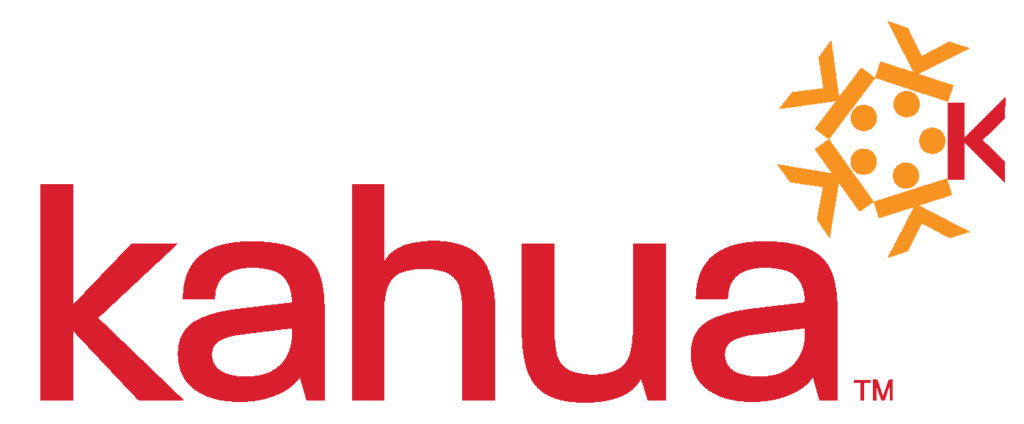Collaboration in Healthcare
Last week, we sat down with our partner, OnIndus, to discuss five ways to build a collaborative culture through processes and technology for healthcare capital program teams. Bret Elam, Capital Program Advisor, and Martin Aztiazarin, Senior Manager of Capital Programs, have over 20 years’ combined experience in healthcare capital programs and are well suited to lead us through this topic.
Living through a renovation or new build is cumbersome. Even more so in healthcare because professionals still need to take care of their patients while construction is being done. Many say it’s like trying to fly a plane while it’s still being built!
Healthcare capital improvement programs demand communication and collaboration from many groups within the capital program team but also the healthcare professionals who are impacted, such as doctors, nurses, administrators and housekeeping.
While the concept seems clear, it is not always easy to implement. That’s why it is imperative to have technology agile enough to conform to the ever-changing demands in the healthcare industry, yet easy enough for everyone to be able to adopt to the new way of operating.
Let’s discuss the five ways to enable a collaborative culture.
Developing the business policies and procedures “Playbook”
This is the foundational step. Identify your cross-organizational team, as they all play a part in the capital program process, even if it’s a small part. It’s important that they know you want to incorporate their thoughts into the procedures. You will learn a lot from interviewing these groups while building stronger relationships and earning trust. With ownership, all stakeholders will be more proactive once the plan is put in place.
Outlining an implementation plan and visualizing goals
“Implementing a system is a journey,” said Aztiazarain. “It all begins with a proper plan.” You must be strategic when choosing who is helping you implement. After drafting the plan, allow everyone to view it so they can understand what their responsibilities will be.Visualizing your goals is the next important step. Your goals should reflect what success means to you and what you hope to accomplish. Make sure you write down those goals. Aztiazarain emphasized “Don’t just talk about them in a conference room!” Document them so that you can track them as the project progresses to ensure you don’t lose focus.
Standardizing Project Management Information System (PMIS) electronic forms and processes
A key benefit to leveraging a PMIS is to provide transparency and communicate across departments. It holds everyone accountable and also keeps them informed. The system needs to be easy to use to drive user adoption and agile enough to standardize processes across the entire organization. In the past, some processes catered to internal groups and then involved external groups later. If you roll out to both groups from day one, you get more buy-in earlier.
Identify system integration opportunities
“Systems have come a long way,” Elam said. “There are ways to integrate these systems together.” It is important to have the conversation early, especially when it comes to integrating key systems like finance, IT and procurement. Putting all of these systems in once place eliminates the need to pull reports from several places and then reconcile them manually. Elam stated, “That is a very key integration, especially in a healthcare space.”
Developing accessible processes for teams to provide feedback
After you start using the new system, provide a process for feedback. A sense of ownership grows when users see their feedback can create changes and ultimately valuable solutions.
View “5 Ways to Build a Collaborative Culture through Processes & Technology” today to make sure you are not missing a step!


